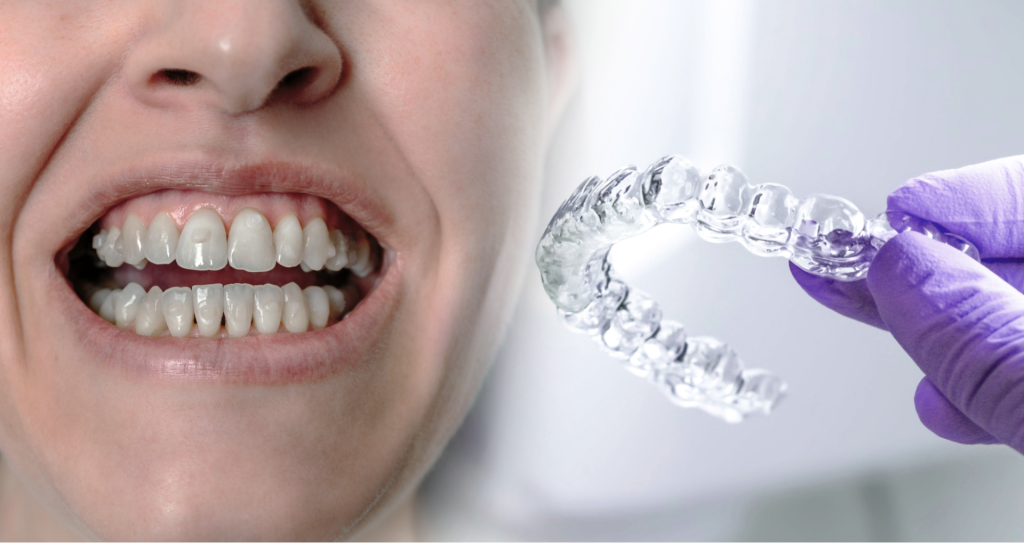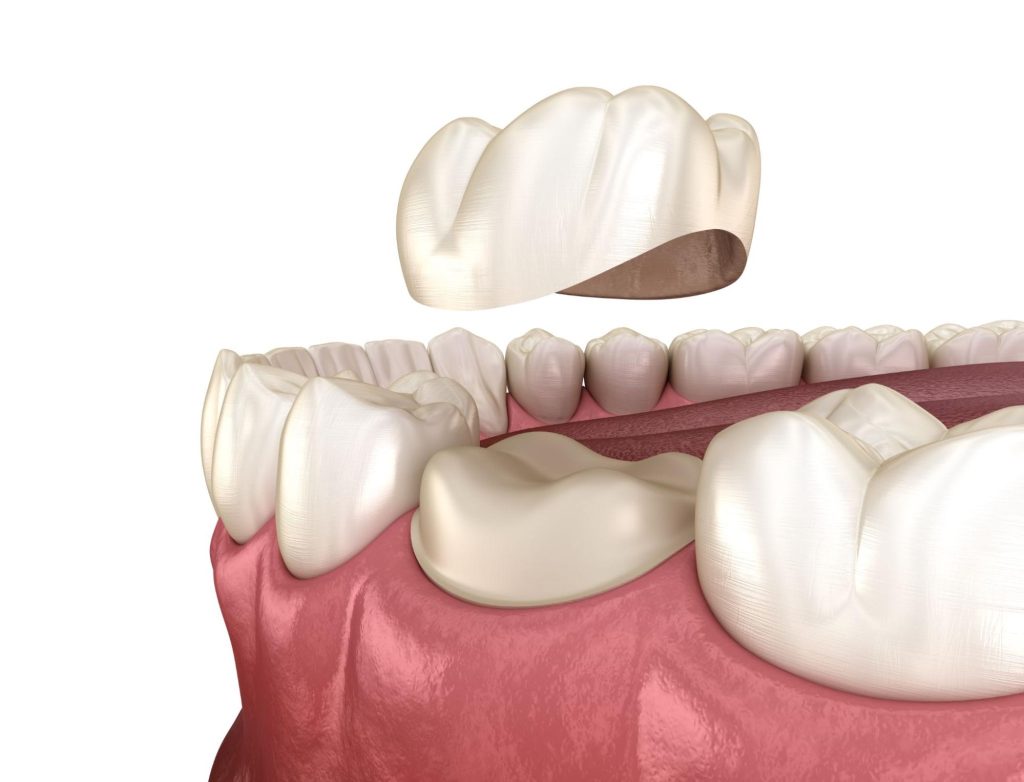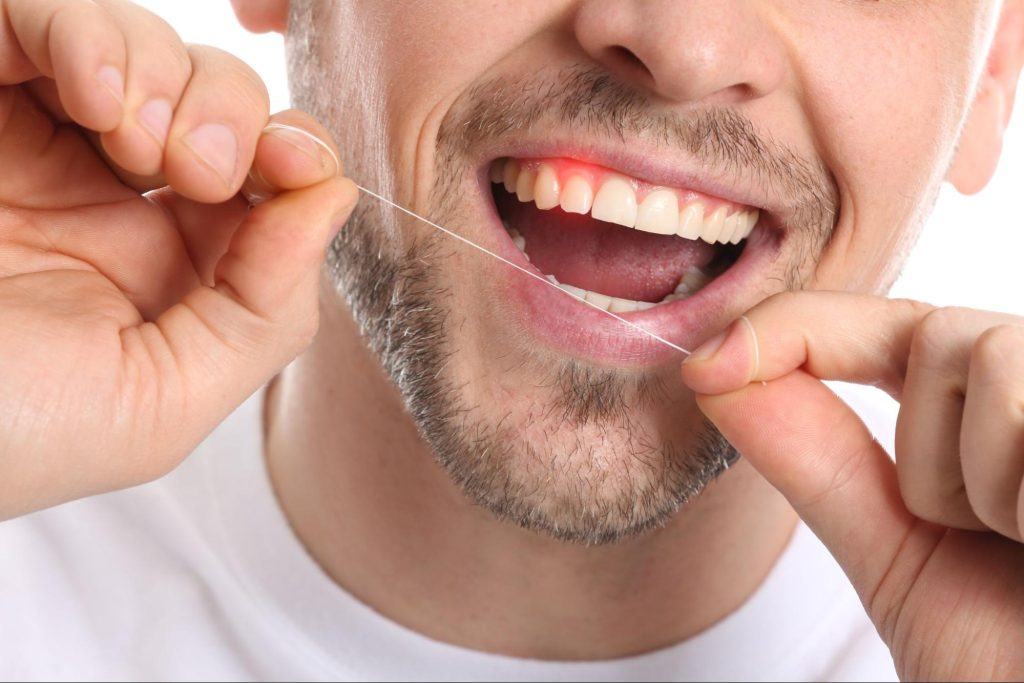Your smile says a lot about your personality. However, you may avoid smiling if you’re unhappy with your teeth. Issues such as an overbite, an underbite, crowded teeth, or other teeth issues can be bothersome and even become painful.
If you can relate, you’re not alone. Approximately 55% of Australians are self-conscious about their teeth — and when asked if they could change anything about their appearance, 46% said they would change their teeth. If your teeth are causing health issues or are negatively affecting your confidence, a professional orthodontist can help.
How do you know when you may need orthodontic treatment? We have some timely tips and advice for when it’s the time to speak to your dentist..
Why Should You See An Orthodontist?
Orthodontists are specialists who help people straighten their teeth and improve bites. They also address joint issues, such as temporomandibular disorders. Fortunately, for less extreme cases, seeing a dentist can be more cost effective and provide the same quality of care as such a specialist.
When to Go to an Orthodontist
Orthodontic care refers to making preventative measures to improve how your teeth are aligned and how well they function.
Some reasons to receive orthodontic care include misaligned teeth, gaps in teeth, overcrowded teeth, bite issues, and teeth grinding. A preventative care reason would involve seeing young children, to assess if they will need future orthodontic care. If you can relate to these issues, it may be time for a dental visit.
For Teeth Straightening
Teeth straightening is a major reason for receiving orthodontic care. Not only for cosmetic reasons but to help you speak and chew better.
Straight teeth can help you avoid painful jaw issues, which is why orthodontists address misaligned teeth. Orthodontists classify misaligned teeth as when the upper and lower teeth don’t meet. This causes a misaligned or protruding jaw. Jaw misalignment is either caused by an overbite, where the upper teeth protrude, and or underbite, where lower teeth overlap the upper teeth.
Often the teeth grow crooked in the mouth. Orthodontists can fix misaligned teeth and protruding jaws with braces and surgery to correct the teeth and make a correct jaw alignment.
If You Have Overcrowded Teeth
Crowded teeth or dental crowding is another reason someone may require orthodontics. A person with crowded teeth does not have space in their mouth for permanent teeth to grow straight. Dentists can correct overcrowded teeth with selective teeth removal surgery and braces.
If You Have Teeth Gaps
Teeth gaps may make it difficult for you to speak or chew. Some people may have a diastema, which is a single gap between teeth, or several gaps. A dental visit can help you fix this problem with orthodontic intervention such as braces or a combination of orthodontic and prosthetic work. One of the reasons teeth gaps occur is a person’s natural skeletal development.
Other reasons include:
- Overcrowded teeth, which can push and misalign other teeth
- Missing teeth
- Losing baby teeth too young, causing adult teeth to grow in misalignment, leads to tooth gaps.
- Small teeth that fail to fill the mouth space or a large jawbone can create too much room for teeth, resulting in gaps
- Too large of a tongue can cause teeth to flare and create spaces
- Bone loss between teeth from periodontal disease can cause gaps between teeth
- A high frenum, which is the band of skin between teeth attaching the lip to the jaw attachment, can cause spaces to develop
If You Have Bite Issues
Any issues you have with your teeth can lead to bite issues. Some common ones are overbite, underbite, teeth gaps, and overcrowded teeth. Others are protrusions, where the front teeth stick out. The teeth may seem to protrude because the upper jaw extends forward, and the lower jaw is too far back. The teeth may have grown in at an angle, or your bite issues may develop because of a combination of both. This can lead to speech issues.
Braces and/or surgery can help correct this condition.
If You Are Experiencing Teeth Grinding
Bruxism, more commonly known as teeth grinding, is a condition where a person grinds, gnashes, or clenches their teeth. Orthodontists classify bruxism as a condition where people unconsciously clench their teeth when they’re awake.
Sleep bruxism is a sleep-related movement disorder. This problem often occurs with other sleep disorders, such as snoring or sleep apnea. Mild bruxism may not need treatment, but for some people, bruxism can be severe and frequent enough that it leads to jaw disorders, headaches, damaged teeth, and other dental problems. Sleep bruxism is harder to diagnose.
That is why it’s important to know the signs of bruxism, including:
- Teeth grinding or clenching at night may be loud enough to wake your sleep partner
- Damaged teeth, including flattened, fractured, chipped, or loose teeth
- Worn tooth enamel, exposing deeper layers of your teeth
- Increased tooth pain or sensitivity
How Often Should You See a Dentist for Orthodontic Care?
How often you see your dentist depends on the treatment you seek. For example, a person who has braces or other corrective dental gear will usually see their health professional every four to six weeks. Someone with a different procedure may require a dental visit more frequently.
Mosman Fine Dental Can Help
Whether you seek preventative care or are living with issues related to crooked teeth, overcrowded teeth, teeth gaps, bite issues, or teeth grinding, Mosman Fine Dental can help. Contact us for more information about our orthodontic services or book an appointment today!



